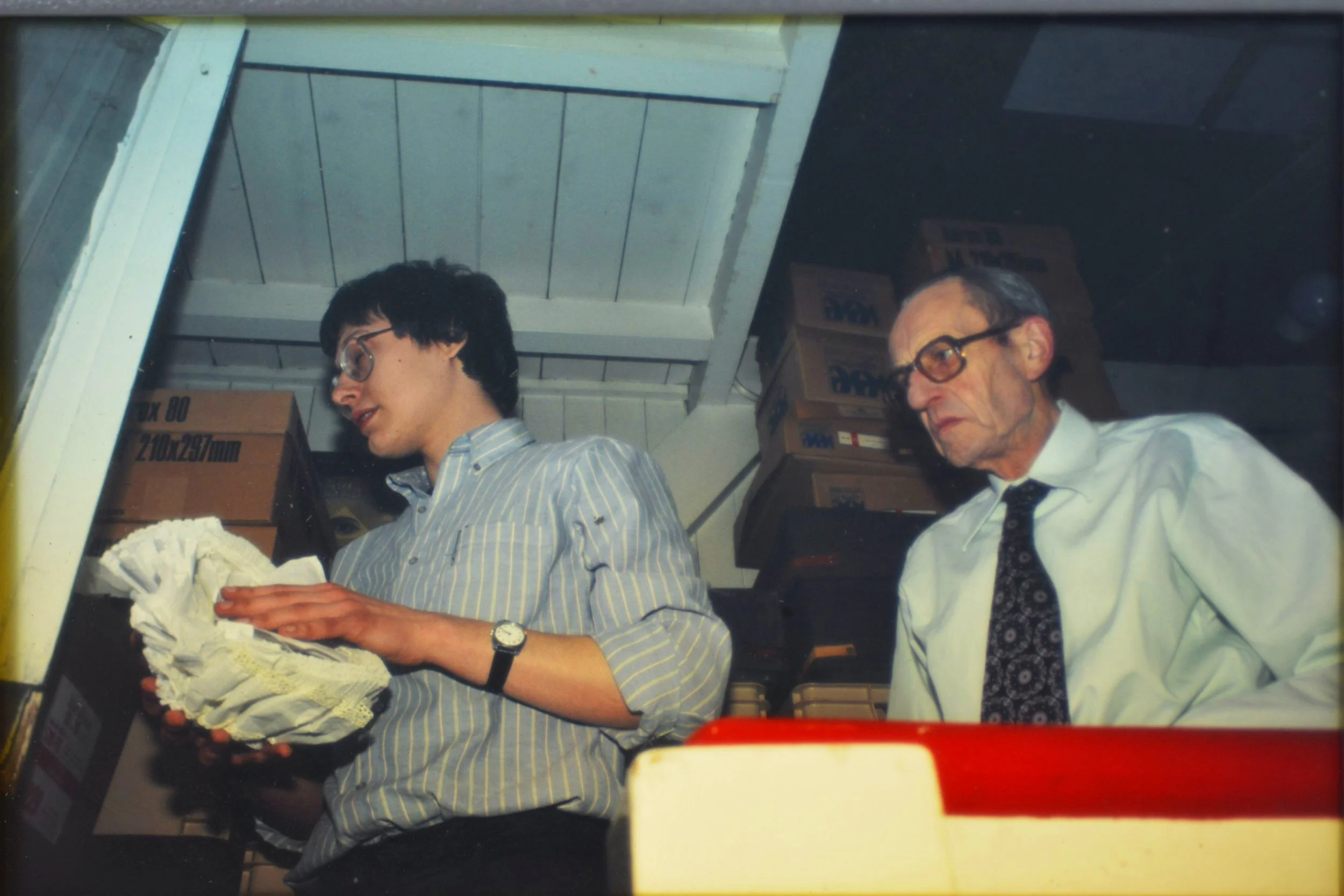
The Story of Collecting
ethnology - fieldwork - arts
Collection Biography
The collection's ethnographic period begins in 1965 when Kees Maas (Vught 1918 - Eindhoven 1992), a priest of the Diocese of 's-Hertogenbosch and working in education, builds a collection of everyday utensils. In 1975, as part-time curator of Museum Kempenland in Eindhoven, he met Gerard Rooijakkers (Eindhoven 1962), a school pupil interested in culture. Gradually, he started collecting and restoring with Maas. From 1981, when he started studying history and ethnology in Nijmegen and Münster, the ethnological phase of the Maas-Rooijakkers Collection began, dominated by fieldwork research and context documentation. During this time, Rooijakkers also establishes an extensive collection of popular graphics, with a visual culture that closely matches the objects in the collection.
Collection Museography
In 1992, the entire collection was given on permanent loan to Museum 't Oude Slot in Zeelst, Veldhoven municipality. Kees Maas had been involved with this museum from its inception in 1966 as a member of the Archaeological Working Group 't Oude Slot. In August 1994, part of the collection was destroyed in a depot fire. In the process, rare pieces were lost, especially the voluminous objects that were hardly preserved elsewhere. Fortunately, these objects have all been photographed beforehand, preserving their documentary value. In 2008, the museum purchased the collection of popular catchpenny prints. In 2019, the loan was converted into a donation. Much of the collection is on permanent display in the museum's Collection House, which functions as an open depot.



